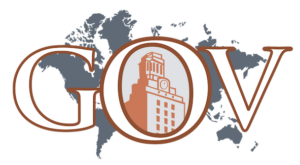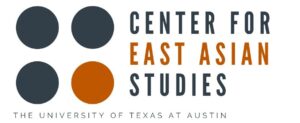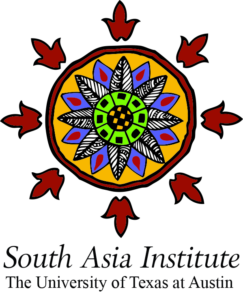Disarming Toxic Empire
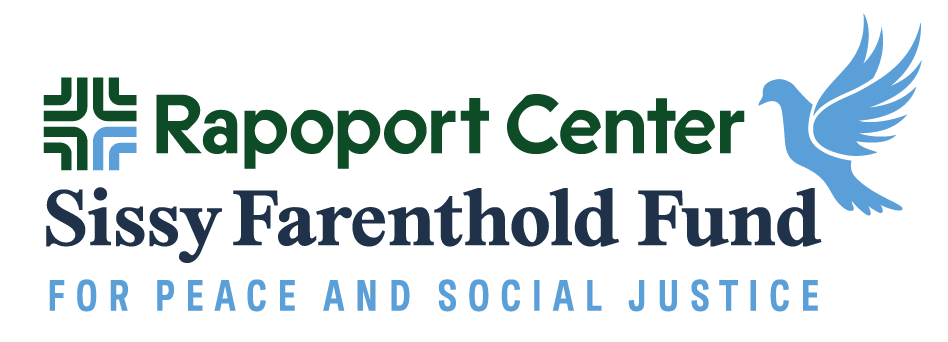 View Photo Gallery | Watch Videos
View Photo Gallery | Watch Videos
The world is at “90 seconds to midnight,” the closest it has ever been, according to the Doomsday Clock of the Bulletin of Atomic Scientists. However alarming this prognosis is, nuclear disaster has long been in the making, demonstrated by decades of Indigenous, Third World, and feminist anti-nuclear advocacy. For decades, these advocates have recognized that nuclear and environmental threats and harms are intrinsically connected through legal, political, and economic structures of imperialism.
“Disarming Toxic Empire” brought fresh, transnational, and interdisciplinary approaches to peace, nuclear disarmament, and environmental justice. Participants considered and contested the unjust, imperial histories and geographies of nuclear testing, production, storage, and weaponry. The conference brought together academics, advocates, and artists working through intergenerational channels of memory and justice to respond to nuclear toxicity in all its forms and manifestations, in sites ranging from the Navajo Nation and the Pacific Islands to Japan, North Africa, and Ghana.
The conference opened with a keynote address by 2017 Nobel Peace Prize recipient Beatrice Fihn on “Mobilizing Civil Society to Prohibit and Eliminate Nuclear Weapons.” It concluded with a performance of A Body in Fukushima by the movement–based interdisciplinary artist Eiko Otake. In between, scholars and activists from around the world provided analyses of historical and ongoing atomic threats and landscapes. View the full schedule.
Hosted by the Sissy Farenthold Fund for Peace and Social Justice of the Rapoport Center, the conference was a collaborative effort among many institutions at the University of Texas and beyond. Fihn’s keynote event was sponsored by the Swedish Excellence Endowment and the Barbro Osher Pro Suecia Foundation Excellence Endowment.
![]()

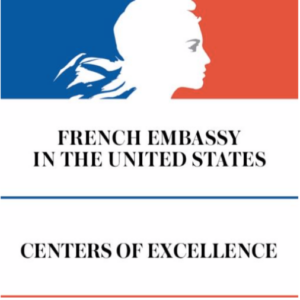
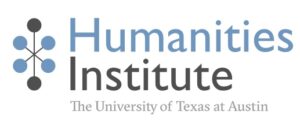
![]()
